Building strong, powerful legs is a goal for athletes, bodybuilders, and fitness enthusiasts alike. Among the many tools available, the inclined leg press machine stands out as a cornerstone for developing lower body strength. When used correctly, it can help target the quads, hamstrings, glutes, and calves with impressive efficiency. However, to maximize results and prevent injury, it’s essential to understand proper incline leg press form, the importance of foot position, and how to master the leg press movement itself.
Why the Inclined Leg Press Machine Is Essential
Unlike the traditional horizontal leg press, the inclined version places your body at an angle — typically around 45 degrees — allowing for a more natural lower-body motion. This machine provides the advantage of handling heavier weights while minimizing stress on the spine compared to free-weight squats. It’s especially useful for isolating the legs when you want to take your core or balance out of the equation temporarily.
Perfecting Your Incline Leg Press Form
Good incline leg press form starts with setup. Position yourself so your hips, back, and head are firmly against the back pad, and your feet are flat on the platform. Before starting the movement, engage your core and ensure a slight natural curve remains in your lower back — avoid flattening your lumbar spine against the seat entirely.
As you lower the sled, your knees should bend naturally without collapsing inward or bowing outward excessively. Stop when your thighs reach about a 90-degree angle with your torso, or slightly deeper if your mobility allows. Then press through your feet to return to the starting position, avoiding locking out your knees at the top.
Common mistakes to avoid include:
-
Letting your heels lift off the platform
-
Using excessive weight that compromises control
-
Moving too quickly and using momentum instead of muscle engagement
Correct form not only maximizes muscle activation but also protects your knees and lower back from unnecessary strain.
Finding the Right Incline Leg Press Foot Position
The way you place your feet on the platform can change which muscles are emphasized during the exercise. Understanding incline leg press foot position allows you to tailor your workout to specific goals:
-
Higher Foot Placement: Shifts more emphasis onto the glutes and hamstrings. Ideal if you're trying to build posterior chain strength.
-
Lower Foot Placement: Focuses more on the quads. This position demands more from the knees, so be mindful if you have joint issues.
-
Wide Stance: Activates the inner thighs (adductors) along with the glutes and quads. A great choice for athletes looking for total lower-body development.
-
Narrow Stance: Isolates the outer thighs and quads more intensely.
There’s no one-size-fits-all position — it’s smart to rotate through different foot placements over time to achieve balanced development across all major leg muscles.
Understanding the Leg Press Movement
At its core, the leg press movement is a simple but powerful pattern: controlled flexion (bending) and extension (straightening) of the knees and hips against resistance. Although the movement is linear, attention to detail makes all the difference between building strength and risking injury.
During the press:
-
Drive evenly through your entire foot — not just your toes or heels.
-
Move in a slow and controlled fashion, especially on the way down (the eccentric phase).
-
Keep your knees aligned over your toes throughout the entire motion.
-
Maintain a steady breathing rhythm: inhale while lowering, exhale while pressing back up.
Mastering this movement creates a strong foundation for more advanced exercises, such as squats and lunges, and translates into better athletic performance and everyday functional strength.
Final Thoughts
The inclined leg press machine offers a safe, scalable way to challenge your lower body. Whether you're looking to sculpt muscular legs, improve sports performance, or support overall fitness, perfecting your incline leg press form, adjusting your foot position strategically, and respecting the mechanics of the leg press movement will set you up for success.




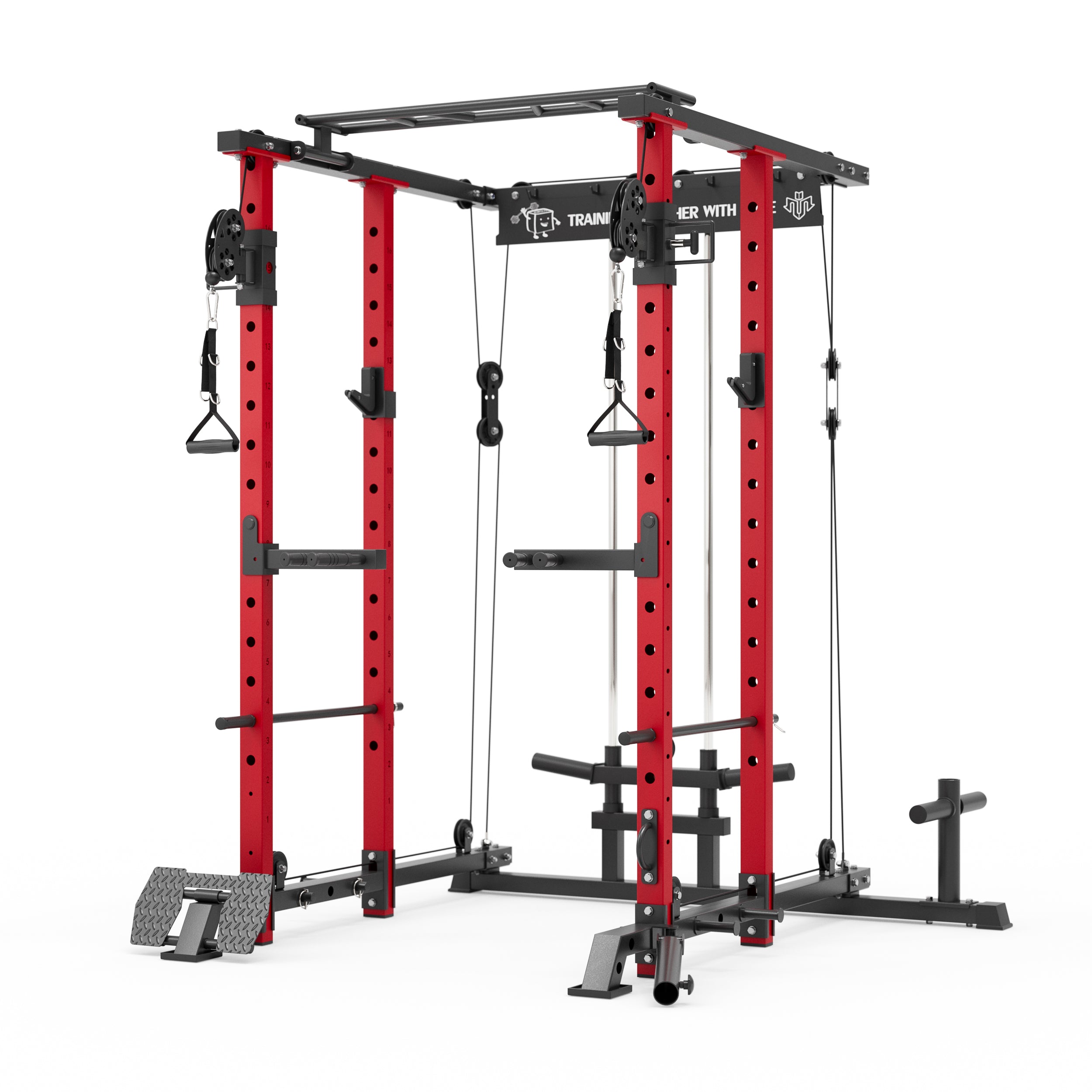


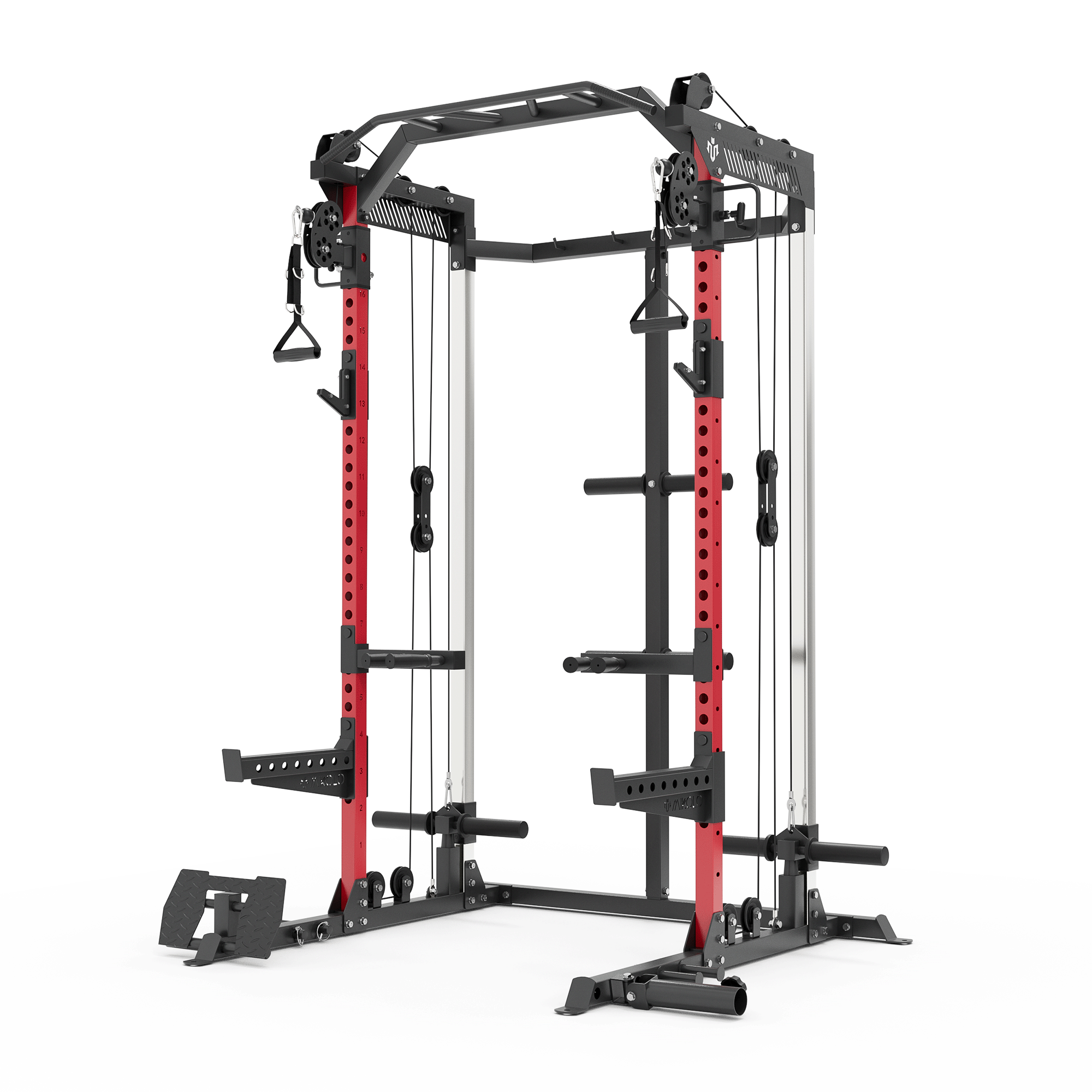


















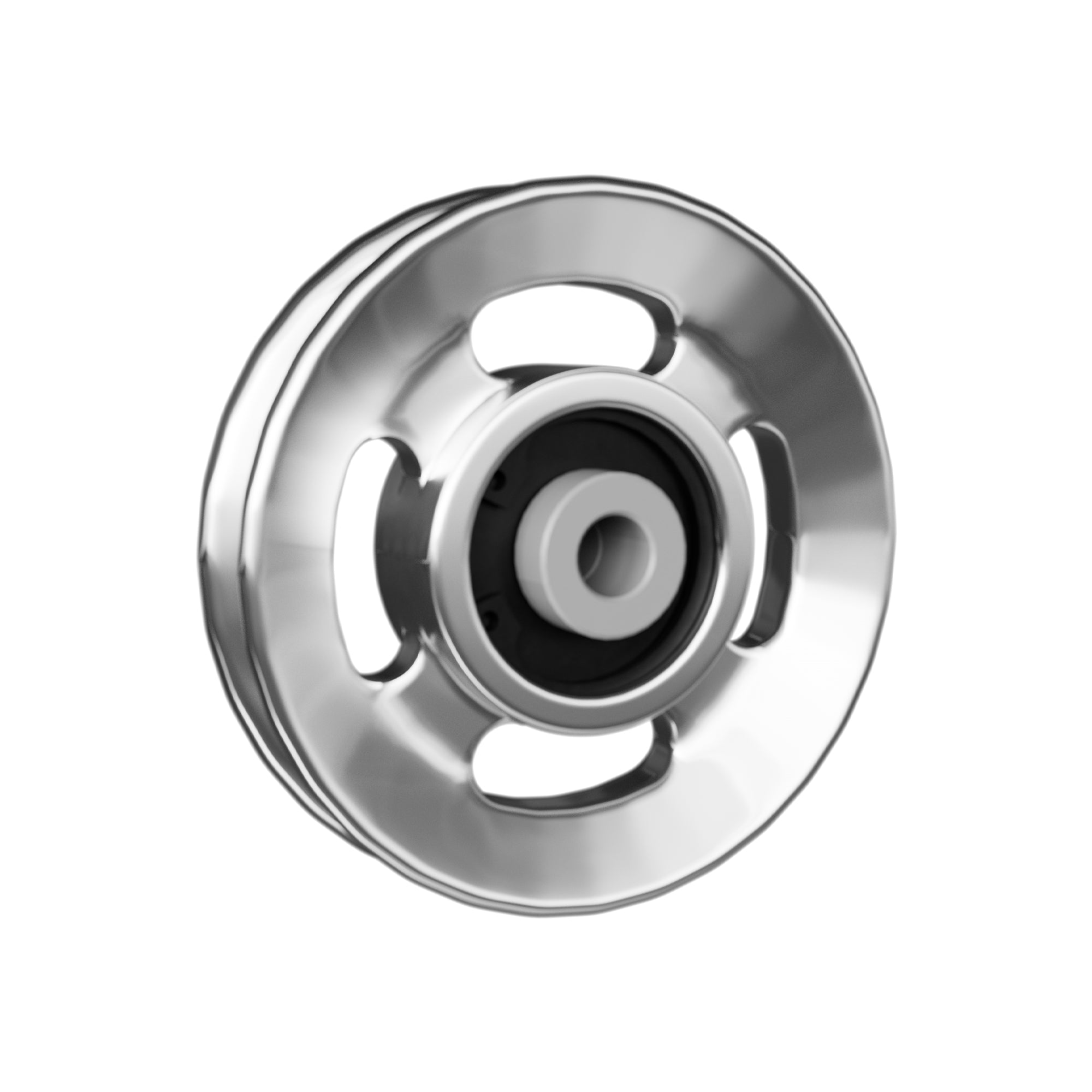



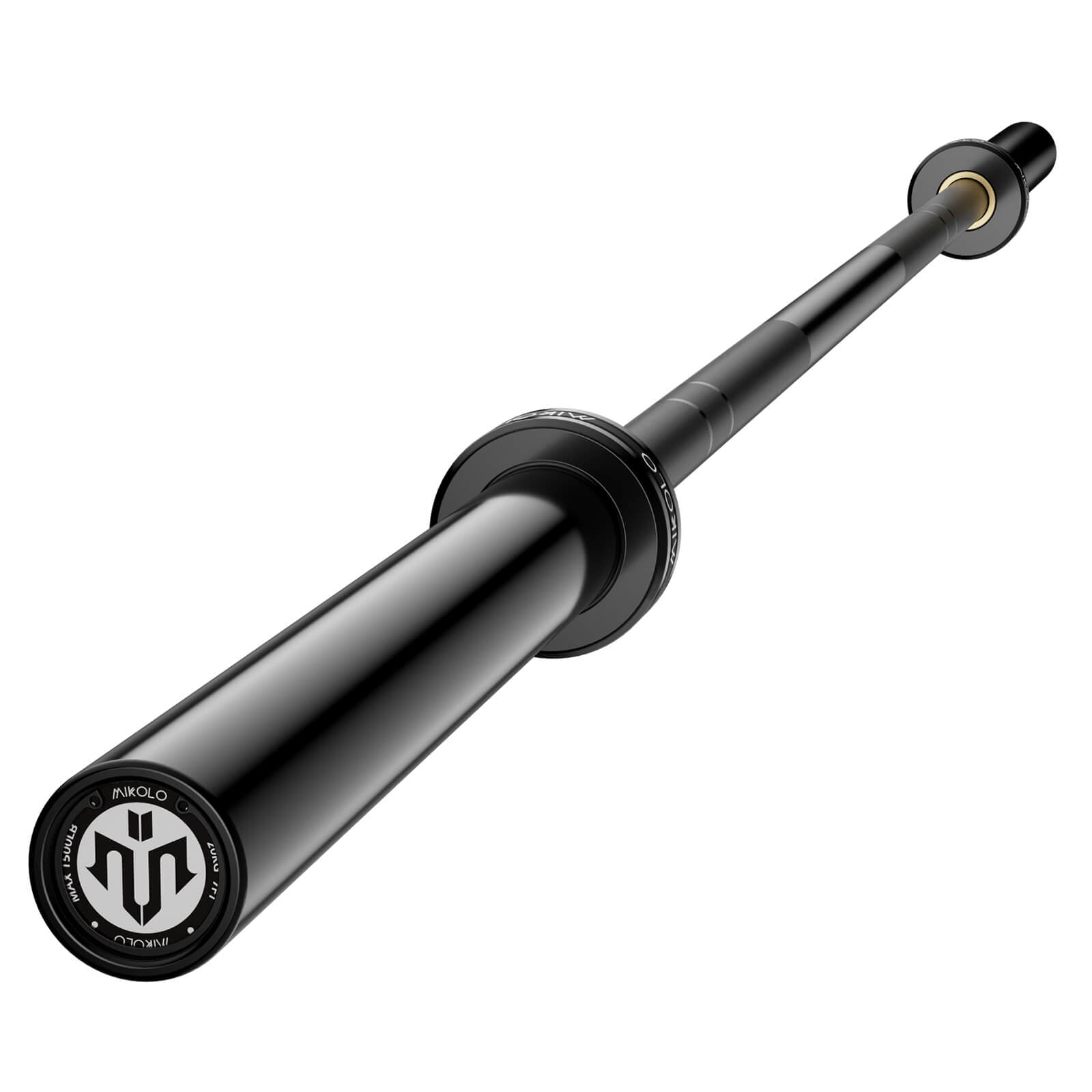
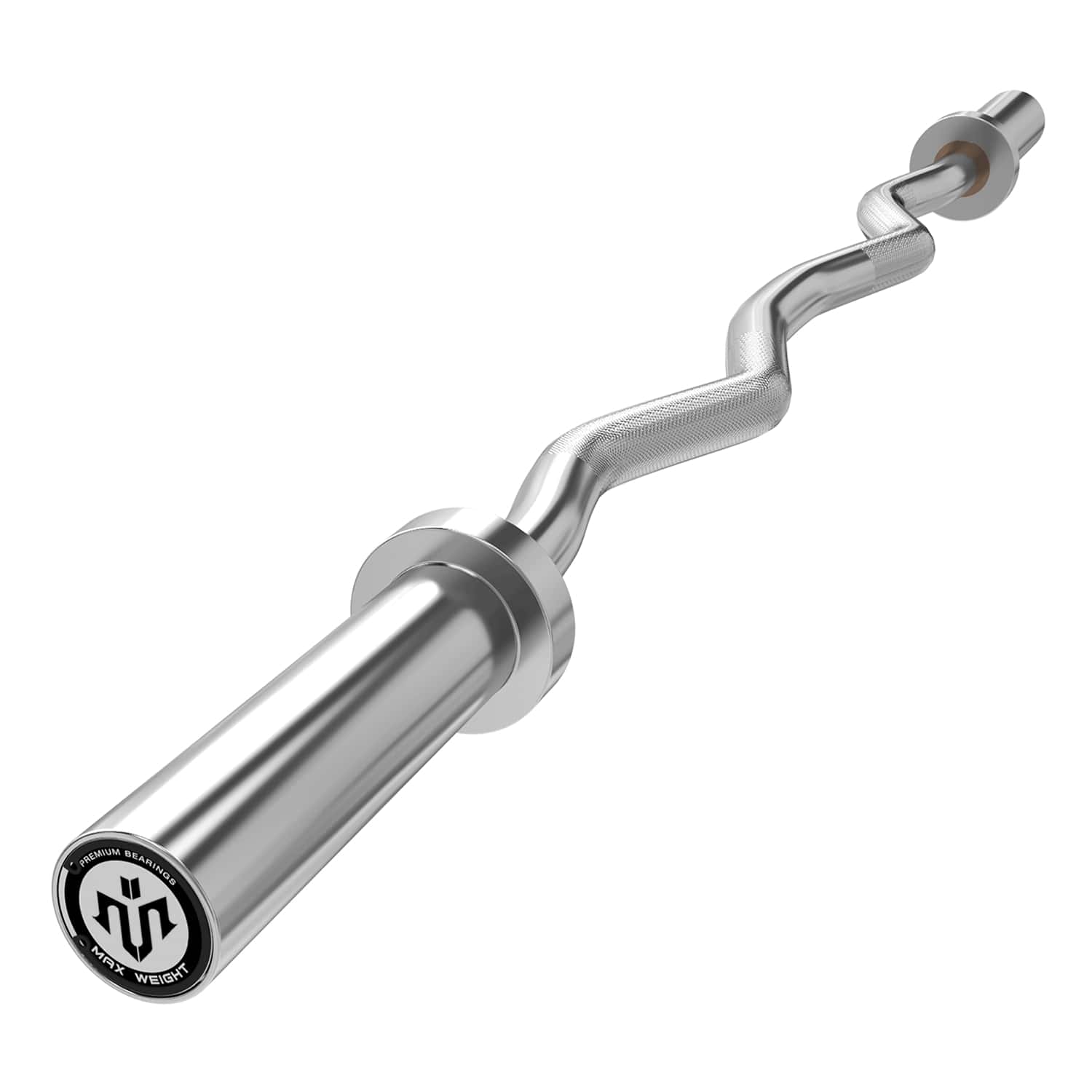



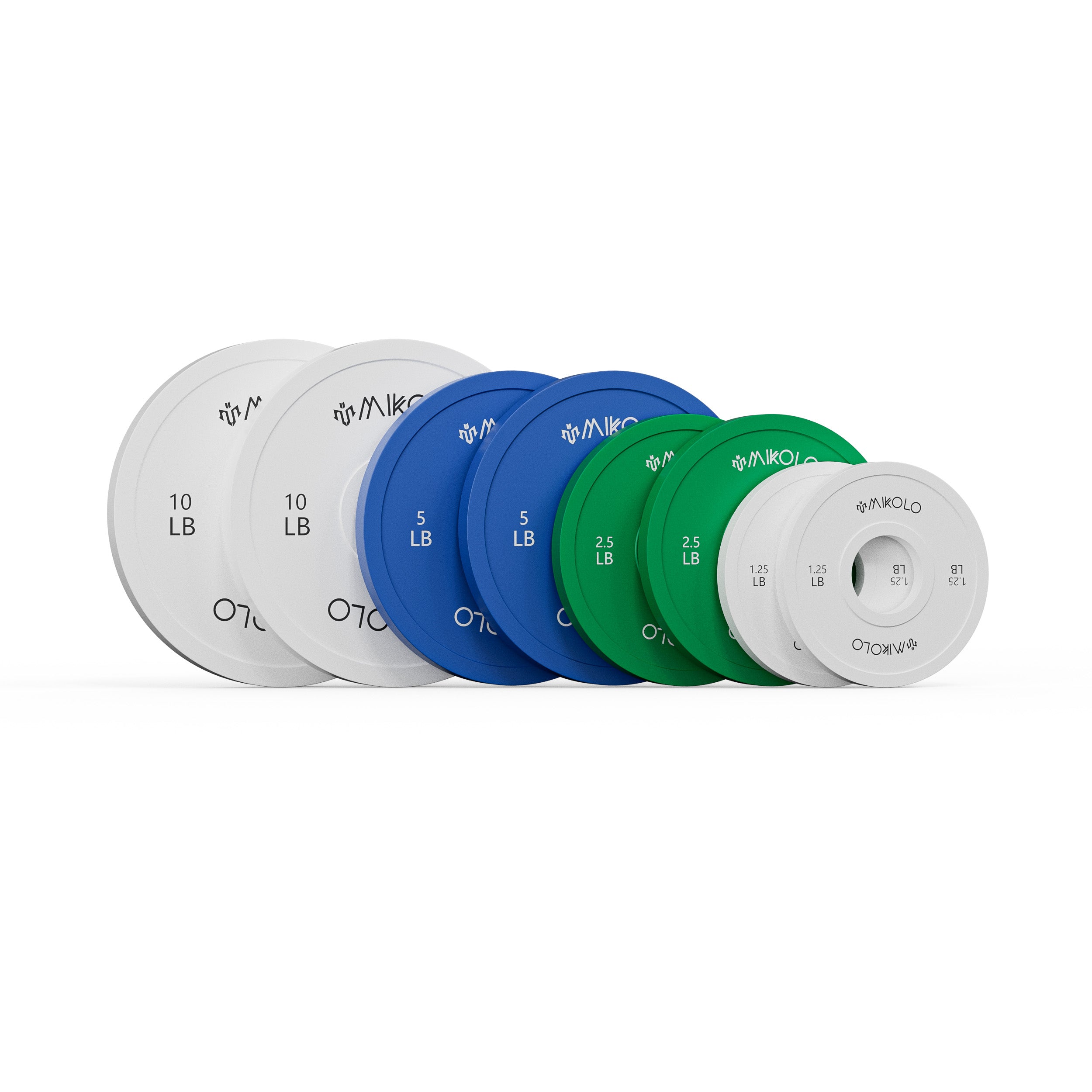



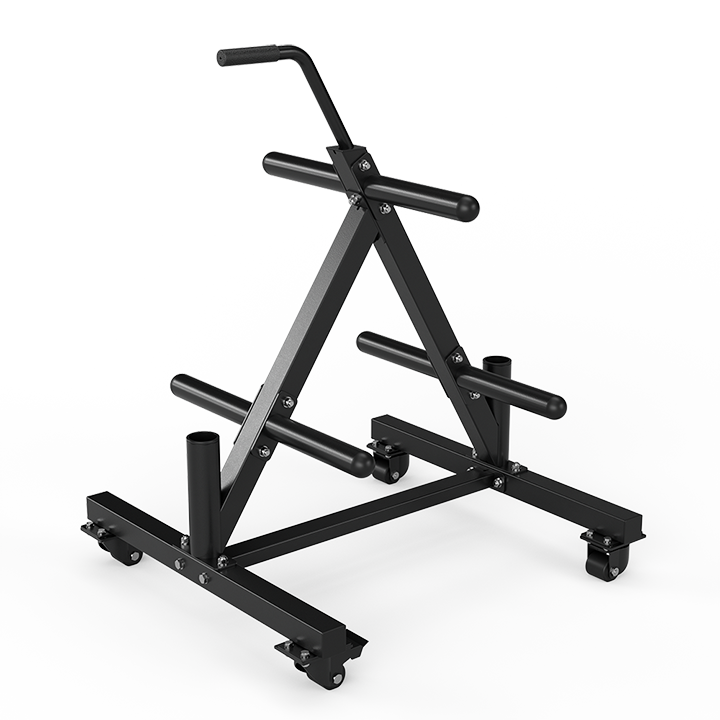





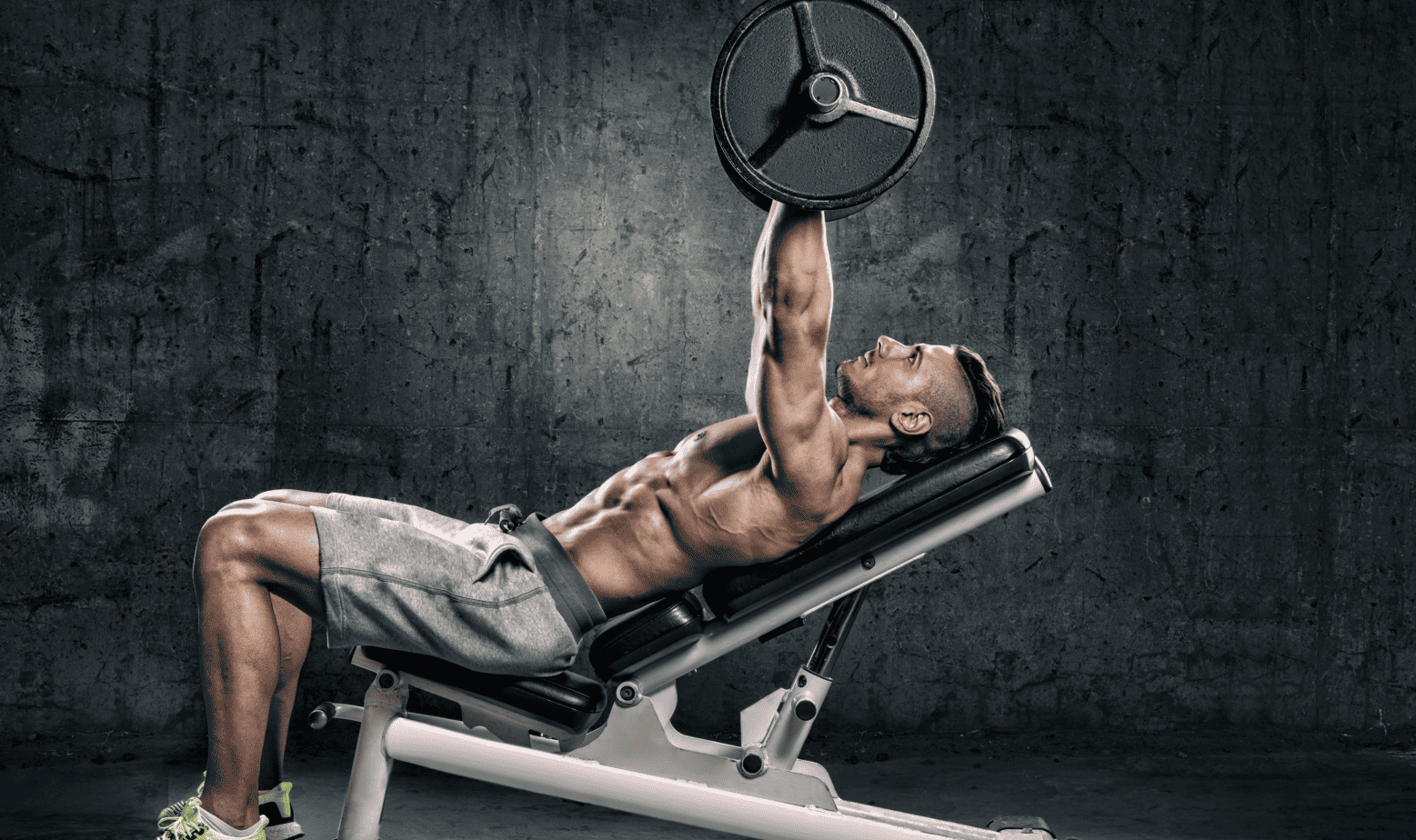
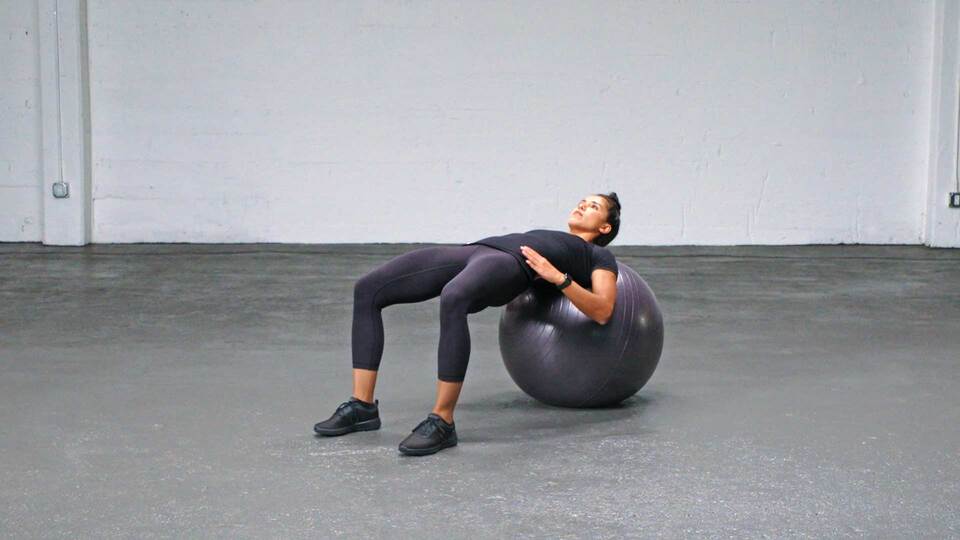
Leave a comment
This site is protected by hCaptcha and the hCaptcha Privacy Policy and Terms of Service apply.